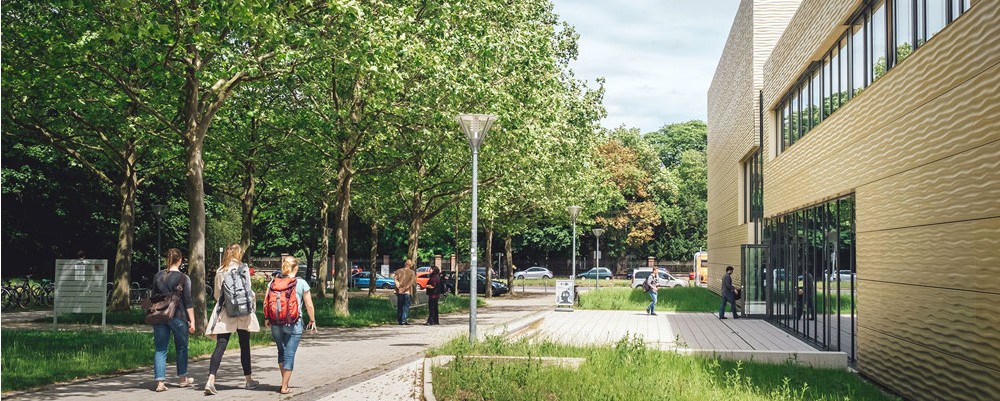The City of Erfurt
A whole host of unique characteristics make Erfurt what it is. As one of the oldest cities in Central Germany, it looks back on a long history spanning more than 1,250 eventful years. Its fortunate location at the crossroads of many European trading routes allowed the city to grow into an economical, political, cultural and intellectual hub at a very early stage. Many important persons helped to write the history of Erfurt: Martin Luther, Ulrich von Hutten, Adam Ries, Johann Wolfgang von Goethe, Friedrich Schiller and Wilhelm von Humboldt are just a few.
Erfurt is situated at the centre of Germany, conveniently accessible from all corners of the country. It is two hours away from Frankfurt/Main, a little under two hours from Berlin, two and a half hours from Munich and just 40 minutes from Leipzig on the high-speed ICE train. Weimar, Jena, Gotha and Eisenach — cities that are famous far beyond the national borders of Germany — are a mere stone’s throw away. Even the Thuringian Forest, just 30 kilometres from Erfurt, is within easy reach.
With a population of 210,000 people, Erfurt is a student town that boasts a great atmosphere and plenty of character. Students of the university and the university of applied sciences get to enjoy a well-preserved medieval old town with lovingly restored patrician townhouses, picturesque alleys and cobbled squares. The charm of the student metropolis of the Middle Ages still reverberates in the Andreasviertel district and the university quarter, home to Collegium Maius (the reconstructed main building of the old university), the international guest house on Michaelisstraße and the student dormitories on Kreuzsand.
Cosy cafés, pubs, parks, museums, art galleries and the new, modern opera shape the cultural landscape of the city. Erfurt is also an administrative centre and media hub at the heart of Germany. Over the course of the past years, the city’s old freight yard has been turned into a creative venue that hosts innovative live shows and other events.















